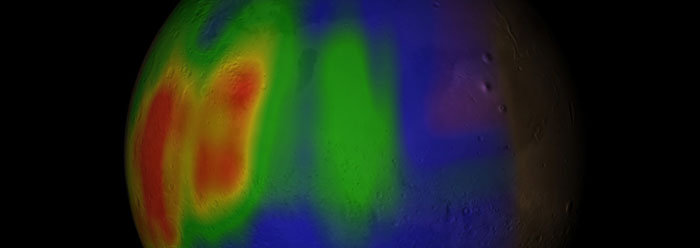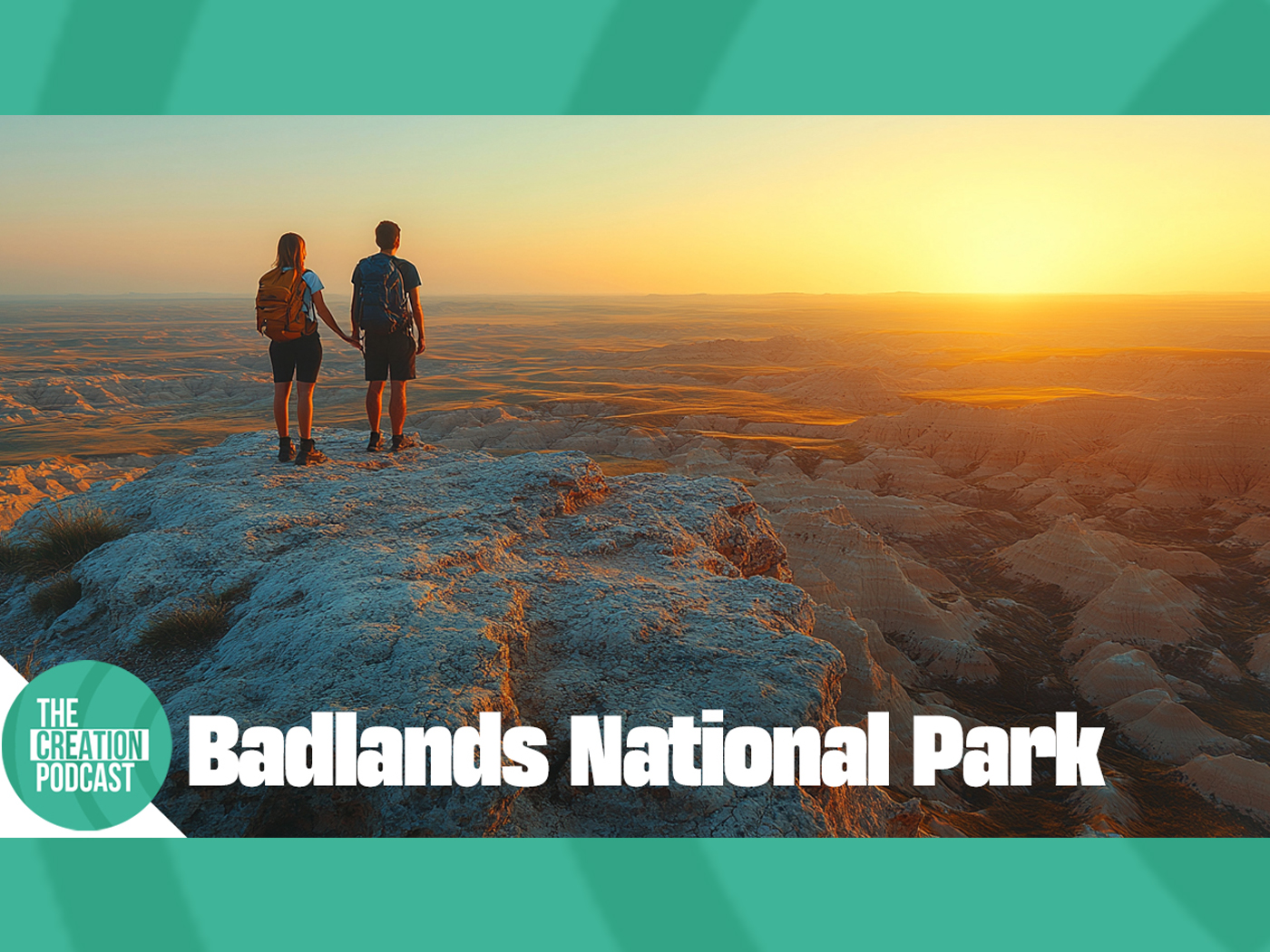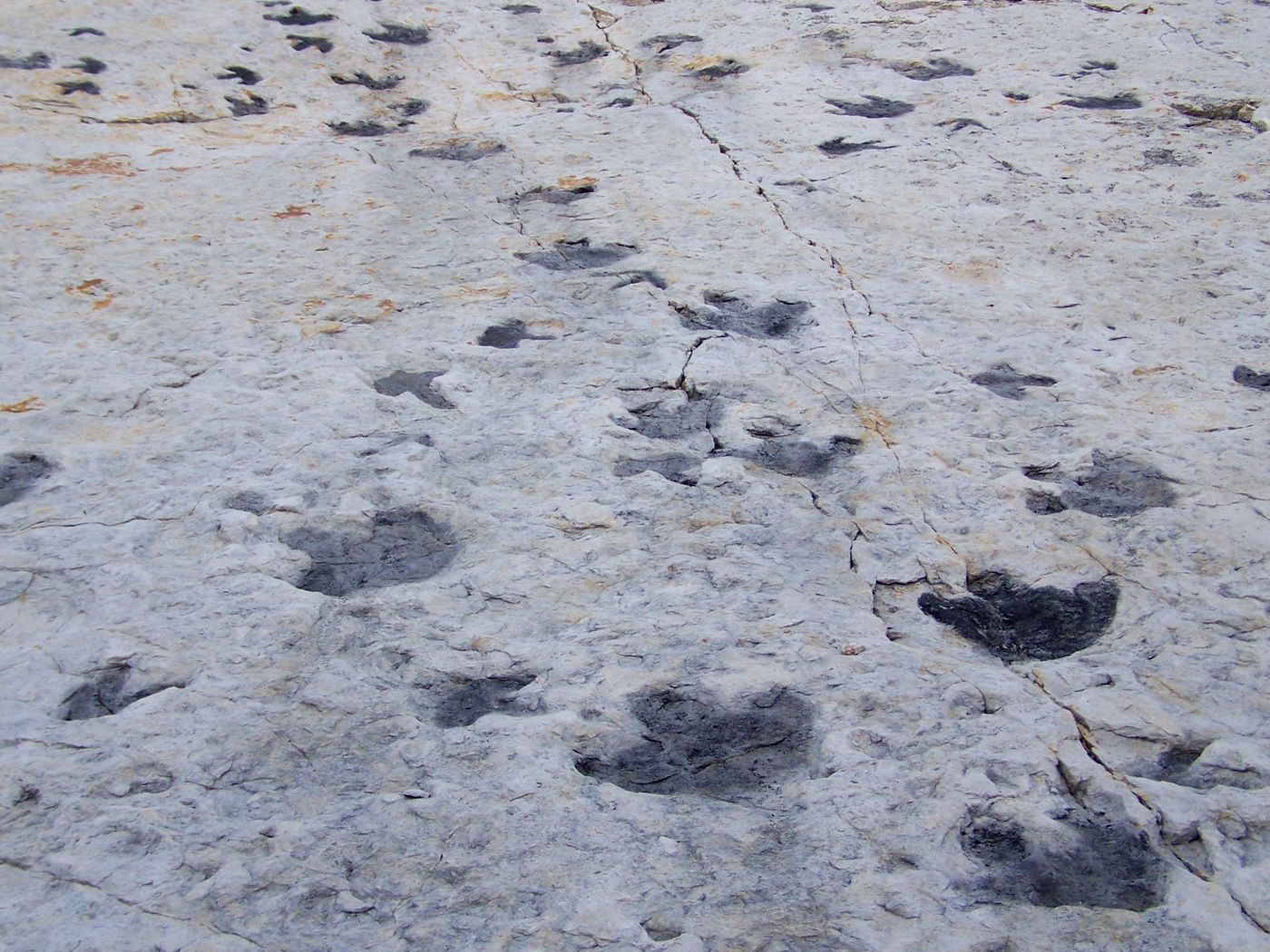On January 15, 2009, NASA scientists announced what they believed could be evidence of life on the planet Mars. What they had actually found was methane in the atmosphere, a gas that can be produced by either living organisms or non-living geological processes. The origin of the methane is currently unknown, so speculation that Mars is a “living” planet is somewhat premature.
The original Mars methane discovery occurred in 2003. NASA scientist Michael Mumma at the Goddard Space Center was surprised to find that the methane was “recently generated.”1 He also did not expect to discover that the gas apparently escapes from deep beneath the planet’s surface, emerging through vents during the warmer spring and summer seasons, and then “is quickly destroyed in the Martian atmosphere.”2
The central question facing the NASA scientists is what caused the methane. Little living microbes can produce it, but so can heat and pressure acting on non-living water and carbon dioxide. Even if bacteria were found on Mars, it would not necessarily indicate that the bacterial cells originated there. Though unlikely, some atmospheric microbial spore could escape earth’s gravity, survive in outer space, and then colonize Mars. Some bacteria have ingenious capacities that enable them to exist in ice, and others at thousands of feet below the earth’s surface, while still others have an array of unique protein systems that can extract fuel from odd chemicals. Some bacteria even contain many copies of their entire genome, ensuring genetic fidelity even after intense radiation. Microbes on Mars, though a long shot, could be consistent with a creation science model.
However, Martian microbes would add no direct support to the evolutionary concept that non-living matter generates life. Though re-packaged as “chemical evolution” in the early twentieth century, “spontaneous generation” was experimentally disproved by Louis Pasteur in the mid-1800s.
No kind of life has yet been discovered on Mars. Since both carbon dioxide and water are known to exist there,3 and a natural chemical reaction of these two can form methane, the most likely cause of the gas is geochemical, not biological. NASA found that some “ongoing process is releasing the gas,” an observation consistent with Mars being a young planet. If the methane is being formed not by microbes but as the result of residual planetary heat, then this would challenge long-age thinkers to explain why the planet is still warm and why it still has enough raw materials to eject tens of thousands of metric tons of methane annually, even after at least four billion years of purported existence. This youthful feature of Mars, if accurate, would be consistent with the biblical age of the world.4
While it remains unclear whether the Mars methane is the product of microbes or just geochemistry, the timing of NASA’s announcement is rather curious. Since the original discovery of methane took place several years ago,5 why is this news being given such a big “release” in January 2009? Another curiously-timed NASA press release proclaimed in 1996 that a “Mars rock” showed evidence of microbial life. As creation scientists predicted,6 further investigation revealed that the rock’s features were entirely non-biological,7 but the initial announcement resulted in then-President Bill Clinton calling for additional NASA funding.
NASA makes it clear that “it will take future missions…to discover the origin of the Martian methane,”2 and that now there are specific places—methane-releasing vents—to explore. Could NASA’s methane report have anything to do with this week’s presidential inauguration and the start of a new budget cycle?
Though the sensational declaration that Mars “is not a dead planet”2 is an attention-getter, it cannot obscure the fact that “the idea of Martian life remains popular, but evidence is completely lacking.”8
References
- Methane on Mars. NASA video. Posted on nasa.gov January 15, 2009.
- Discovery of Methane Reveals Mars Is Not a Dead Planet. NASA press release, January 15, 2009.
- Snelling, A. A. 2007. Water Activity on Mars: Landscapes and Sedimentary Strata. Acts & Facts. 36 (2). Ice beneath Martian surface was also experimentally confirmed: NASA Spacecraft Confirms Martian Water, Mission Extended. NASA press release, July 31, 2008.
- See Fast-orbiting Stars Puzzle Astronomers by Brian Thomas (ICR News, December 17, 2008), and David Coppedge’s articles Rescuing Ring Ages (Acts & Facts, October 2008), Venus vs. Uniformitarianism (Acts & Facts, July 2007), and Enceladus, a Cold, Youthful Moon (Acts & Facts, November 2006).
- Water and methane maps overlap on Mars: a new clue? European Space Agency press release, September 20, 2004.
- Morris, J. 1996. Did NASA find life in Martian Rocks? Acts & Facts. 25(9).
- Holmes, B. 1996. Death Knell for Martian Life. New Scientist. 152 (2061/2): 4. See also, Shearer, C. K. et al., 1996. Sulfur isotopic systematics in alteration assemblages in martian meteorite Allan Hills 84001. Geochimica et Cosmochimica Acta. 60 (15): 2921–2928.
- DeYoung, D. 2000. Astronomy and the Bible. Grand Rapids, MI: Baker Books, 41.
Image Credit: NASA
* Mr. Thomas is Science Writer.
Article posted on January 19, 2009.















